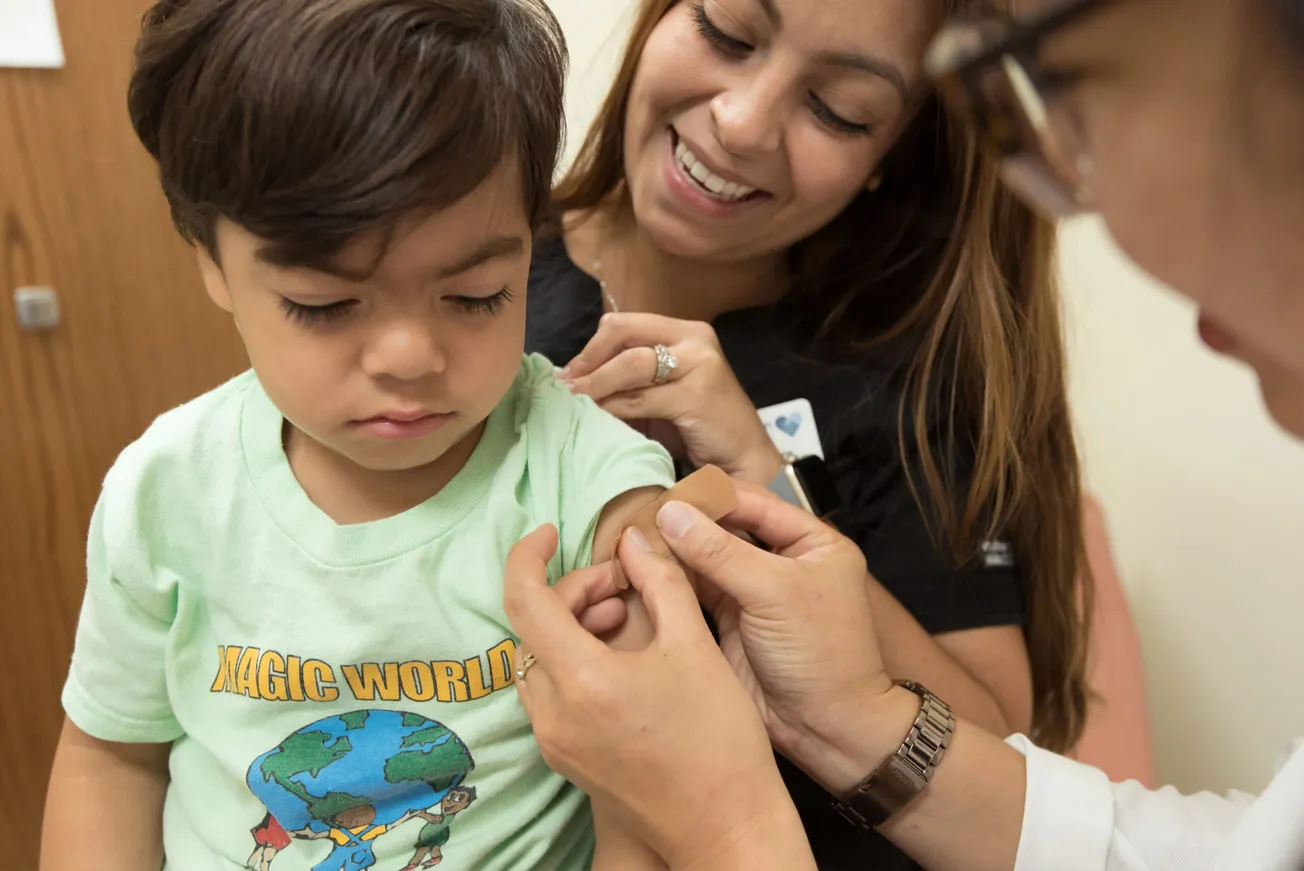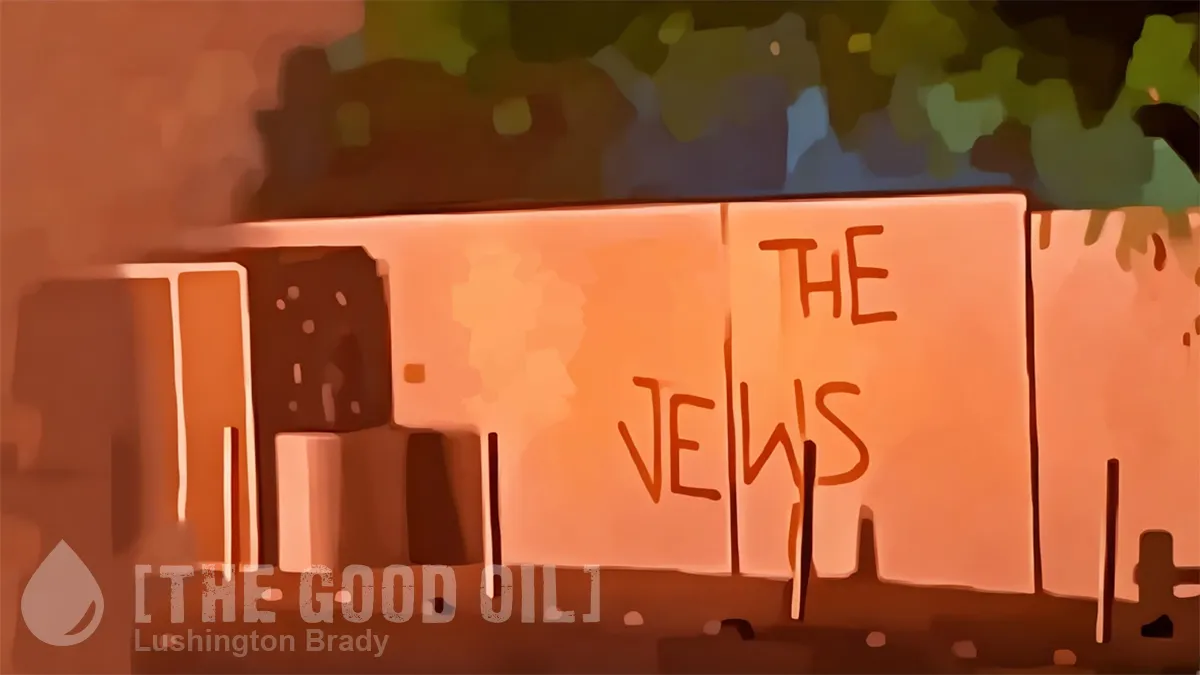New Zealand Doctors Speaking Out with Science
“We need much more investment in vaccine safety science.”
“We have a very wobbly health professional front line.”
“A lot of the concern is not misinformation.”
Covid-19 – the ‘pandemic’ and the injection – has shone a light on one of the unquestionable pillars of modern medicine: vaccination, and in particular vaccine safety. We have been told ad nauseam that vaccines are the crowning achievement of 20th-century public health.
Now, however, people who previously have been happy to take most or all of the vaccines offered to them, are starting to question vaccine safety.
They have seen the quasi-religious mantra ‘safe and effective’ overused and are not so believing in its veracity anymore. This mantra has been trotted out at every opportunity by those paid to do so, but it is unable to withstand scrutiny by critics, who have to be cancelled and censored because the answers to their questions would demonstrate the thin air on which the statement rests.
If the Covid vaccine is so ‘safe and effective’, why has everyone caught Covid and why have so many people had new or unusual medical events shortly after their vaccines and why have some died? Are there parallels between the childhood vaccination schedule and other vaccines? How ‘safe and effective’ are they really?
For the companies that make these products and the agencies that recommend them, the issue of how to convince people of vaccine safety has been a topic of interest for a number of years. They have invested heavily in researching this area. A new medical diagnosis has even been recognised – a person can now suffer from ‘vaccine hesitancy’. And it’s not just a new medical condition: it’s also the basis of a new crime that doctors can commit and be censured for – ‘inducing vaccine hesitancy’.
There is an organisation dedicated to researching this field, called The Vaccine Confidence Project. It has been in action since 2010.
Dr Heidi Larson, PhD, Professor of Anthropology and Director of The Vaccine Confidence Project, spoke at the Global Vaccine Safety Summit organised by the WHO and held in Geneva in December 2019. Her talk was titled: “Vaccine Safety in the Next Decade: Why we need new models of trust building.” Curious timing, just prior to the pandemic!
She makes several interesting comments in this presentation:
- Firstly, that vaccine safety science is lacking and there is a need for much more investment in this.
- Secondly, even doctors are beginning to question vaccine safety and they don’t feel confident answering the questions educated parents bring to them. She calls it a ‘very wobbly health professional front line’.
- Thirdly, that it’s difficult to get social media companies to combat misinformation because a lot of what is being said is not actually misinformation!
She notes the small amount of time dedicated to vaccination in health professional training… an important observation. Our recollection of education on vaccines in medical school is ‘Here is the schedule, go forth and administer it.’ We did not get a half day – perhaps just half an hour. And GP training did not add to this education.
Most doctors assume that because they are doctors they know all about vaccination.
However, unless they have a particular interest, most will know only what they have been taught to say: Vaccines are well-studied, necessary, safe and effective.
It’s a shame these same doctors didn’t pick up that the mRNA Covid jab is most definitely NOT a vaccine, but a new generation gene-modifying technology. It is the first of many many similar immune modifying injections using the same mRNA platform that are planned for us. They will be ‘grand-fathered’ in without serious safety study on the grounds that Pfizer’s Comirnaty is the “safest vaccine ever made” so there is no need. No, really!
!function(r,u,m,b,l,e){r._Rumble=b,r[b]||(r[b]=function(){(r[b]._=r[b]._||[]).push(arguments);if(r[b]._.length==1){l=u.createElement(m),e=u.getElementsByTagName(m)[0],l.async=1,l.src="https://rumble.com/embedJS/udh4zl"+(arguments[1].video?'.'+arguments[1].video:'')+"/?url="+encodeURIComponent(location.href)+"&args="+encodeURIComponent(JSON.stringify([].slice.apply(arguments))),e.parentNode.insertBefore(l,e)}})}(window, document, "script", "Rumble");Rumble("play", {"video":"v2xuslu","div":"rumble_v2xuslu"});
As you can see from Heidi’s comments, parents have been right to trust their intuition, suffer from vaccine hesitancy and ask questions. Many of the questions that parents, and others being offered vaccination, have do not have answers based in solid science. There has been a lot of wishful thinking in vaccine science, and this was made worse by the 1986 National Childhood Vaccine Injury Act in the US.
Due to being sued so often for vaccine damage to children, vaccine manufacturers told the US Congress they would stop producing vaccines if they were not shielded from liability. The 1986 Act exempted the companies from liability and supposedly allowed for compensation to families of children damaged by vaccines. What it did, in reality, was to remove all incentives to make safe (or effective) vaccines. Why bother if there were no consequences for shoddy products?
Once a vaccine was approved and added to the childhood schedule there was a ready and ongoing market, no advertising needed and protection from damages. Why wouldn’t pharmaceutical companies get into the business of vaccine development? The number of vaccines on the schedule has increased dramatically since then and the safety of the program as a whole has never been tested.
What if childhood vaccination, even if providing some short-term protection against infectious disease, is also creating long-term chronic disease?
Does this possibility warrant discussion?
Here in New Zealand, Dr Nikki Turner, she of conflict of interest fame, has received funding recently to spend on a three-year study to develop a tool – VBAT (Vaccine Barrier Assessment Tool) – to predict vaccine acceptance, or otherwise, with the aim of providing targeted interventions and campaigns to those who decline. That means propaganda and coercion.
We say, rather than spending money continuing to study vaccine hesitancy, and how to convince sceptical parents that there is adequate safety data about vaccines when there isn’t, how about spending money actually studying how to make vaccines safe, or better still, how to keep mothers and children healthy so vaccines are not needed?
Transcript of audio segments for those who prefer to read rather than listen:
“There’s a lot of safety science that’s needed and without the good science we can’t have good communication. So, although I’m talking about all these other contextual issues, communication issues, it absolutely needs the science as the backbone. You can’t repurpose the same old science to make it sound better if you don’t have the science that is relevant to the new problem. We need much more investment in safety science.”
“The other thing that is a trend and an issue is not just confidence in providers, it is confidence OF healthcare providers. We have a very wobbly health professional front line that is starting to question vaccines and the safety of vaccines. That’s a huge problem, because to this day, any study I’ve seen and we’re constantly looking on any studies in this space… still the most trusted person on any study I’ve seen globally is the healthcare provider.
And if we lose that, we’re in trouble. And we haven’t lost it yet. We’ve talked about it earlier, some of the challenges are when the frontline professionals are starting to question, or they don’t feel like they have enough confidence about the safety to stand up to the person asking them the questions.
I mean, most medical school curriculums, even nursing curriculums, I mean in medical school you are lucky if you have a half day on vaccines, never mind keeping up to date with all this. One of the things we need to think about as we generate more safety data is how can we get it into the hands of the people who need to represent and speak for it. They’re not getting enough of it.”
“So, one of the challenges we have, I spend a lot of time talking, particularly in the last six months, with tech companies, FB, What’s App, Pulsar, Twitter, Instagram, WeChat, Weibo.
They have a lot of fingers pointing at them to fix the misinformation problem. But it’s not so simple. One, the biggest problem is, a lot of it’s not misinformation, it’s asking questions. The people who are questioning, particularly the ones who are more motivated to disrupt, than necessarily asking genuine questions, are putting questions on billboard. They’re not just on social media. That is one piece of a much longer chain of information. This is in Italy, ‘posing risks’.
And questions. “If you knew the ingredients in a vaccine would you RISK it?” “If an apple contained aluminum, mercury and formaldehyde… would you EAT it?” There’s nothing illegal about these questions but, they seed doubt. And then I like the tin man, “Wooph, I heard there’s aluminum in there!” The focus on ingredients now too.
But the challenge for some of these tech companies and even for others who are trying to clean up the misinformation, our problem is, as we’ve heard in the last 48 hours, that there’s not anything one hundred per cent and what actually can legally, without creating a censorship thing, can we absolutely say this is misinformation.
Because we have a lot of ambiguity in the safety field and we have to come to terms with that, so we have to think about it differently than deleting misinformation but building trust, so people are willing to put up with a certain amount of risk because they believe in it enough. They believe in our work, what we’re doing and it’s in their interest.”









